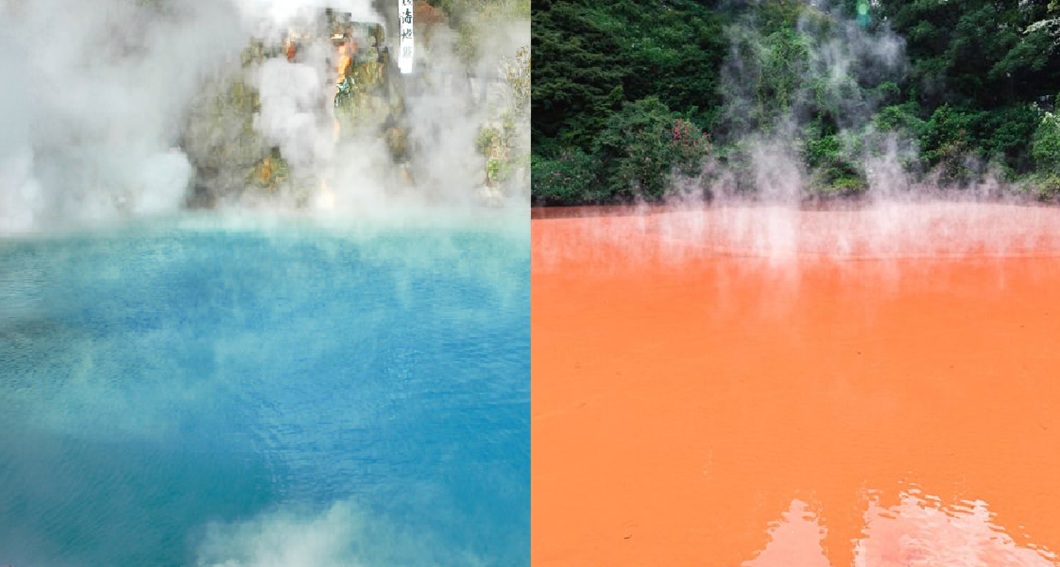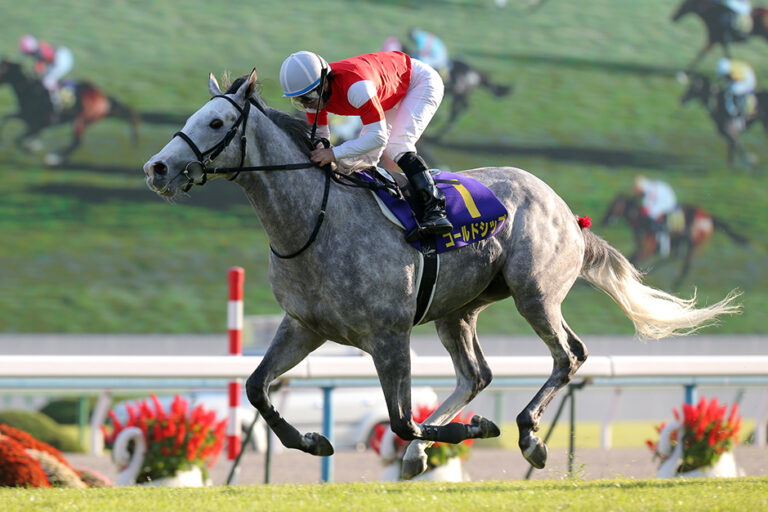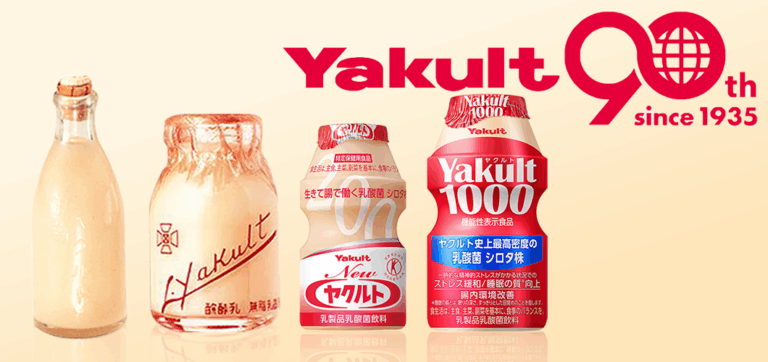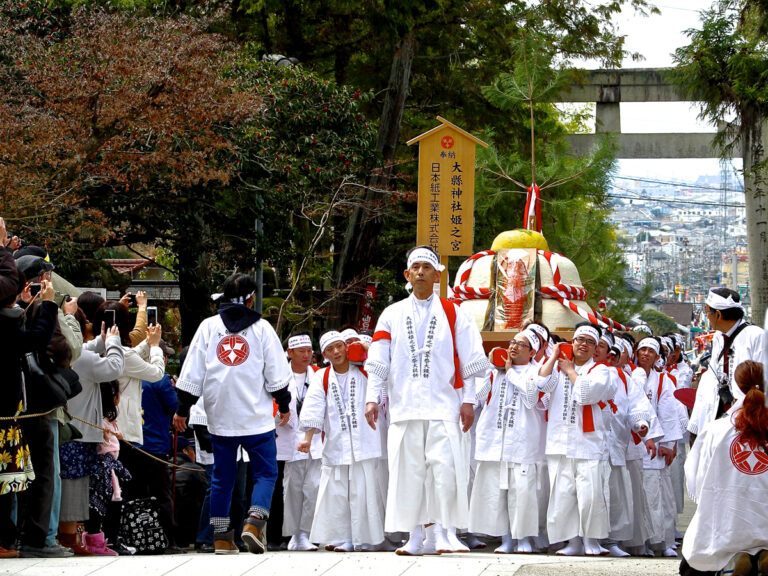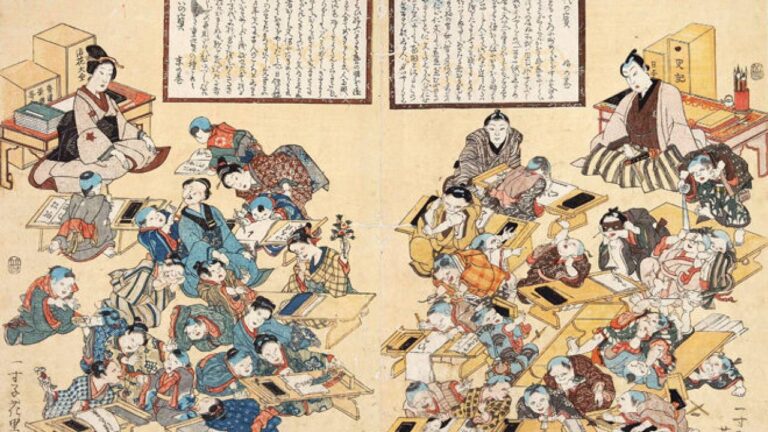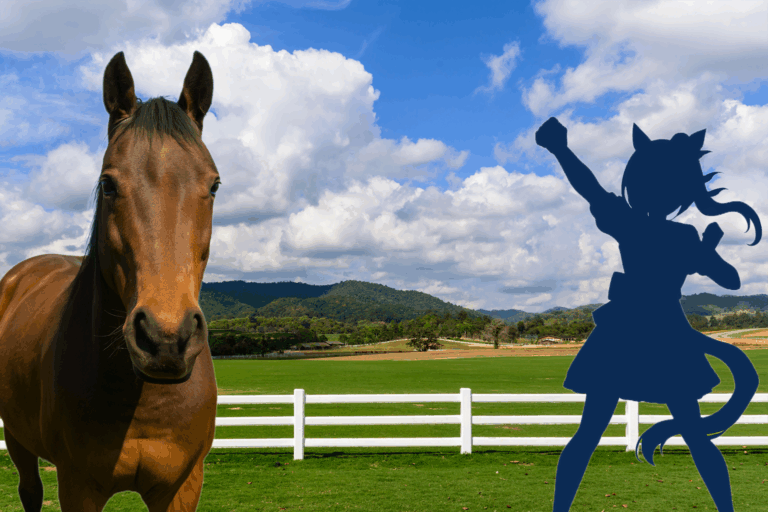Beppu “Hells” — In a hot-spring heaven, what’s waiting is… Hell
Beppu in Oita is an onsen capital. And in this hot-spring heaven, what awaits is… Hell—the Jigoku Meguri, a circuit of superheated, non-bathing springs you go to see, not soak.
What are the Beppu “Hells” (Jigoku Meguri)?
Beppu, Oita is one of Japan’s biggest hot-spring cities. The city officially lists 2,832 hot-spring sources and a total outflow of 101,905 L/min—numbers that put it at the very top nationwide. Beppu City official data.
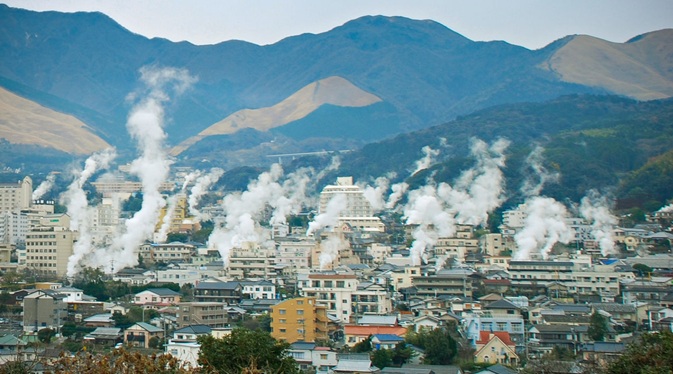
And in this onsen paradise, what’s waiting for you is “Hell.” Beppu’s Jigoku Meguri (Hells Tour) is a set of ultra-hot, non-bathing springs and mud pools made for looking, not soaking. Hours are 8:00–17:00 and the 7-Hells common ticket is ¥2,400 (from Feb 1, 2025).Official ticket info
Note: Oni in Japanese folklore is closer to an ogre/monster than the biblical Devil. And “Hells” here is just a nickname for boiling, non-bathing hot springs—not a religious site. For Demon Slayer fans: I’m leaning into the word “demon,” but the feel is more ogre-ish than Satanic.
“Beppu Onsen” broadly refers to all hot springs across Beppu City. In a narrower sense, it also names one of the “Beppu Hattō” (the eight hot-spring districts). In this article, “Beppu Onsen” means the citywide hot-spring area. The Beppu “Hells” (Jigoku Meguri) route sits within the Kannawa Onsen district and circles seven “Hells” clustered there.
The Seven Hells (with a light Demon Slayer vibe)
Umi Jigoku (Sea Hell)
Cobalt-blue steaming pond; garden paths and a footbath on site. Quiet, almost “Water Breathing”-like calm. Background: one of the designated Scenic Beauty sites.
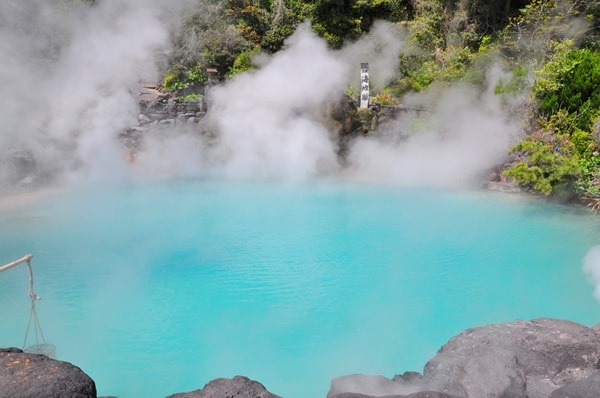
Chinoike Jigoku (Blood Pond Hell)
That famous red hot mud pool; souvenir ointment and a classic photo spot. Often called Japan’s oldest natural “hell.”
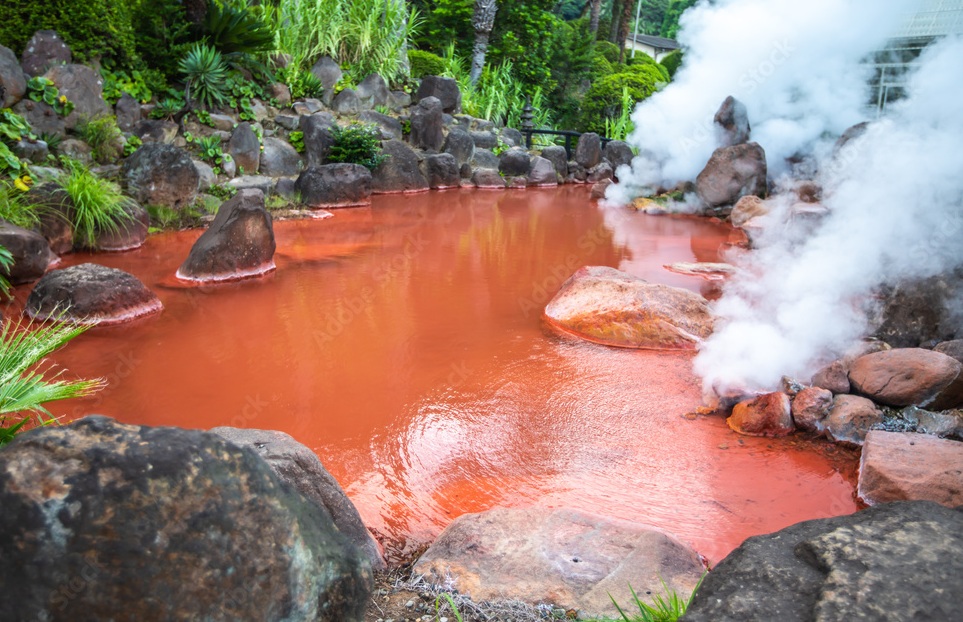
Tatsumaki Jigoku (Geyser Hell)
An active geyser that erupts every ~30–40 minutes for 6–10 minutes. All power, all focus—then silence.
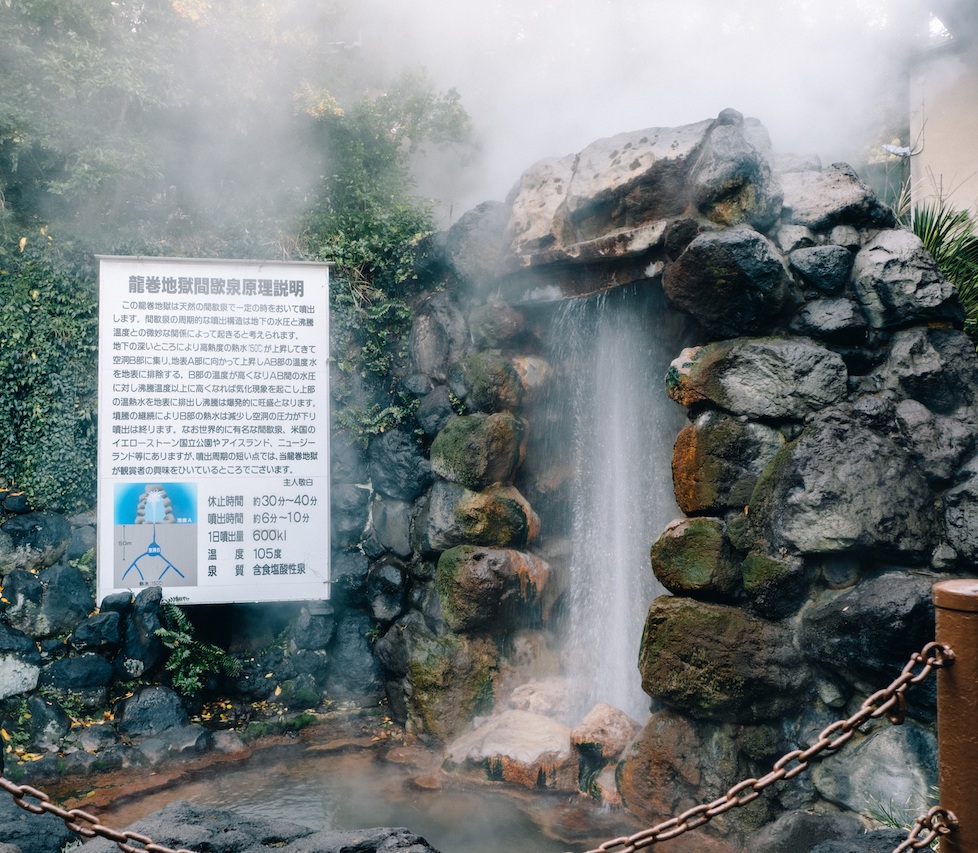
Shiraike Jigoku (White Pond Hell)
Water that appears pale bluish-white once it cools; a serene garden setting. Another Scenic Beauty site.
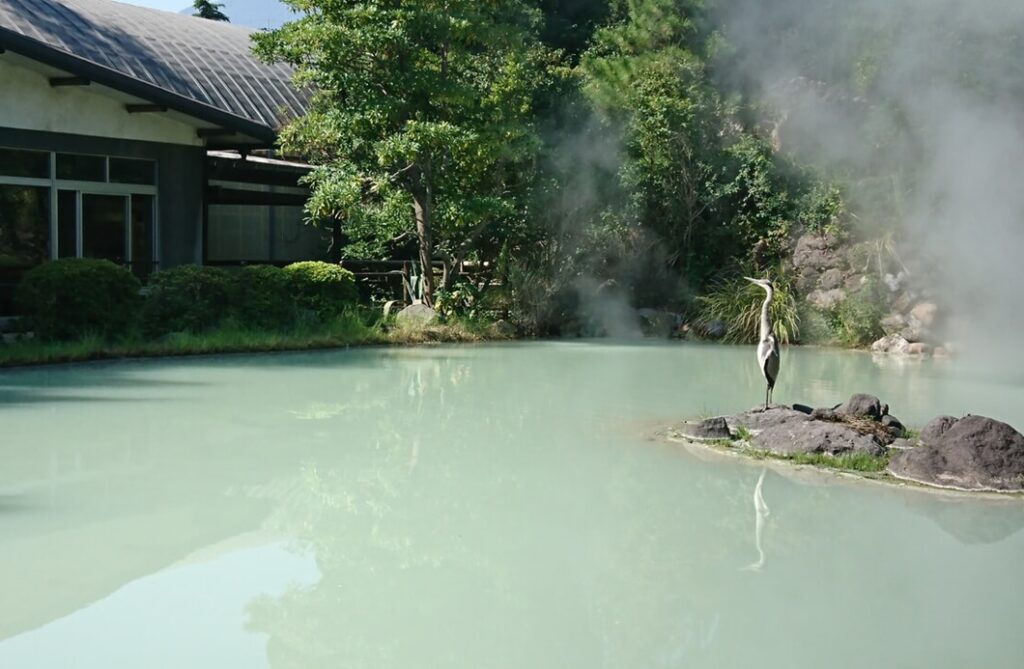
Oniishi Bozu Jigoku (Monk’s Head Hell)
Bubbling gray mud forms “shaven head” domes; footbath available.
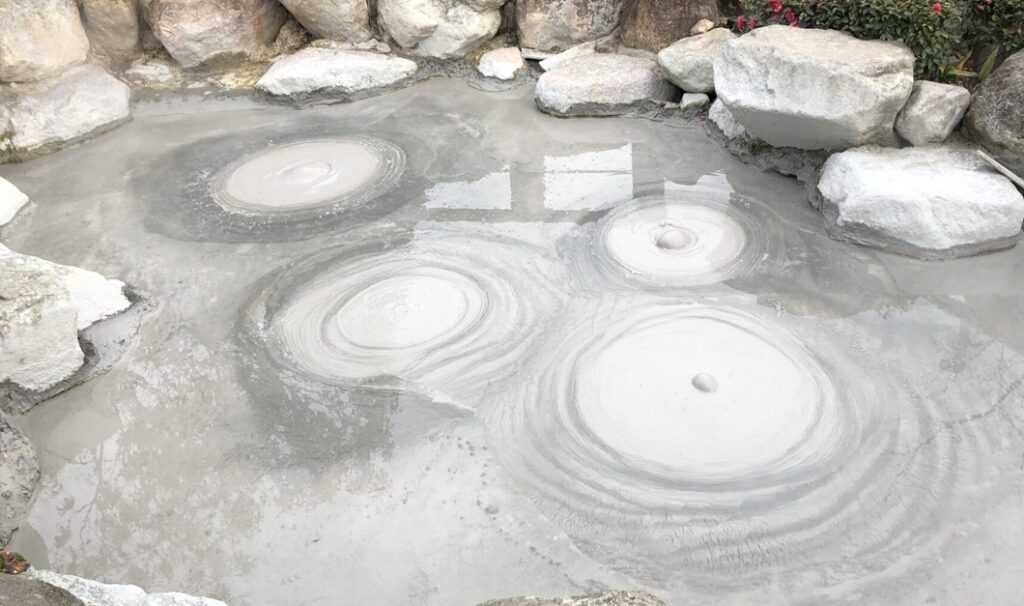
Oniyama Jigoku (Crocodile Hell)
A hell with dozens of crocodiles/alligators raised using onsen heat (the site dates back to the 1920s).
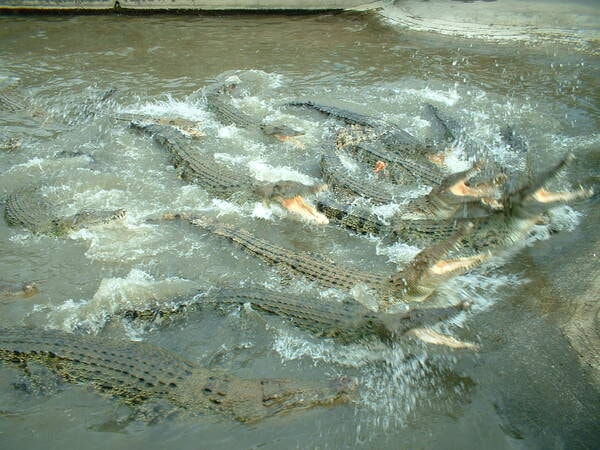
Kamado Jigoku (Cooking Pot Hell)
“Blocks” 1–6 show different spring types in one compact site; live demos and a footbath.
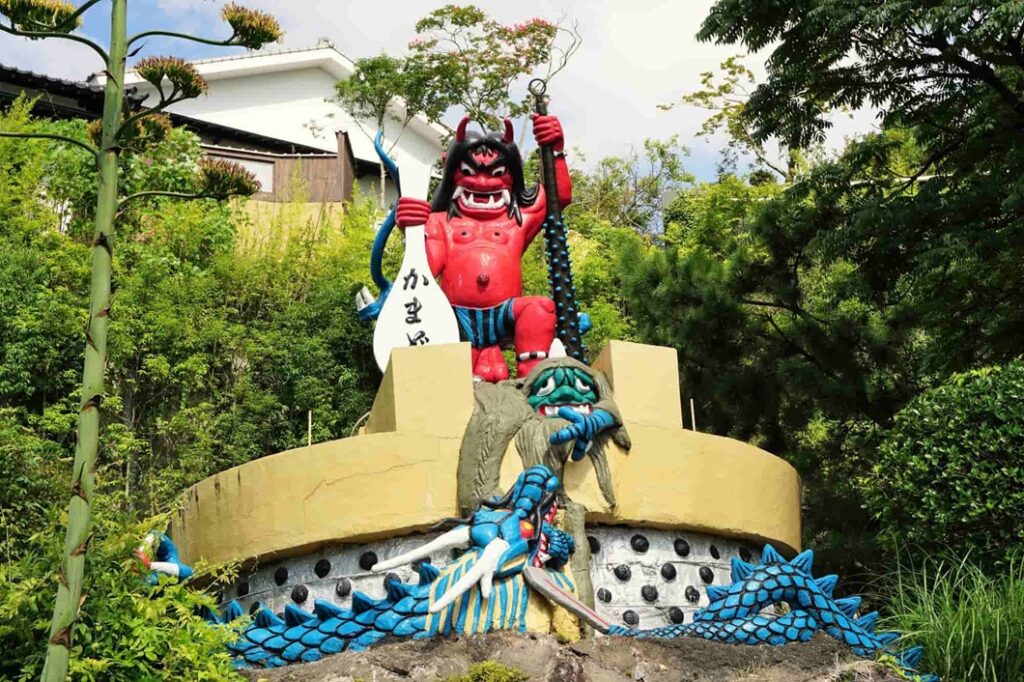
Beppu Hells: 5 Things That Might Disappoint (and how to dodge them)
You’ll need about 3.5 hours to do all seven.
If you’re short on time, focus on five (Umi, Chinoike, Tatsumaki, Kamado, Oniishi Bozu) and save the rest.
You can’t actually bathe in the Hells.
They’re for looking, not soaking; the only adjacent full bath is at Oniishi Bozu. Use footbaths en route and plan a soak afterward.
The common ticket only pays off at five or more sites.
Visiting 1–4? Buy single admissions instead.
Summer heat can be punishing.
Go early AM (or in winter), carry water, and cool off in shops or rest areas.
The wow-factor varies a lot by site.
Expect color/texture more than “attractions.” Time Tatsumaki for an eruption and leave room for photos.
What You’ll Probably Love(real visitor reactions)
Guided tours are genuinely fun. The guide’s stories make the Hells click—you’ll hear folklore and science you’d miss on your own.
You can “eat Hell.” We snacked our way through steam-cooked treats and felt we’d truly done the Hells.
Red vs. blue is a show. The contrast between Chinoike (Blood Pond) and Umi (Sea) is striking on camera and in person.
“Blood Pond” delivers on the name. It feels as ominous as it sounds—in a good, goosebumps way.
Hell-side sweets are legit. Jigoku-mushi pudding, onsen eggs, and old-school onsen manju all hit the spot.
Souvenir that lands. The Chinoike ointment was a surprise hit with family.
How to tour: bus vs. charter taxi
A) Regular Sightseeing Bus — “Beppu Hells Tour” (Kamenoi Bus)
Two departures daily (AM/PM), about 3 hours, ¥4,500 for adults including all seven Hells admission. Departs Kitahama Bus Center 9:10 / 13:50 and Beppu Station East Exit (Ekimae 4) 9:20 / 14:00. Times can shift slightly to match the Tatsumaki eruption.
Kamenoi Bus – English pamphlet
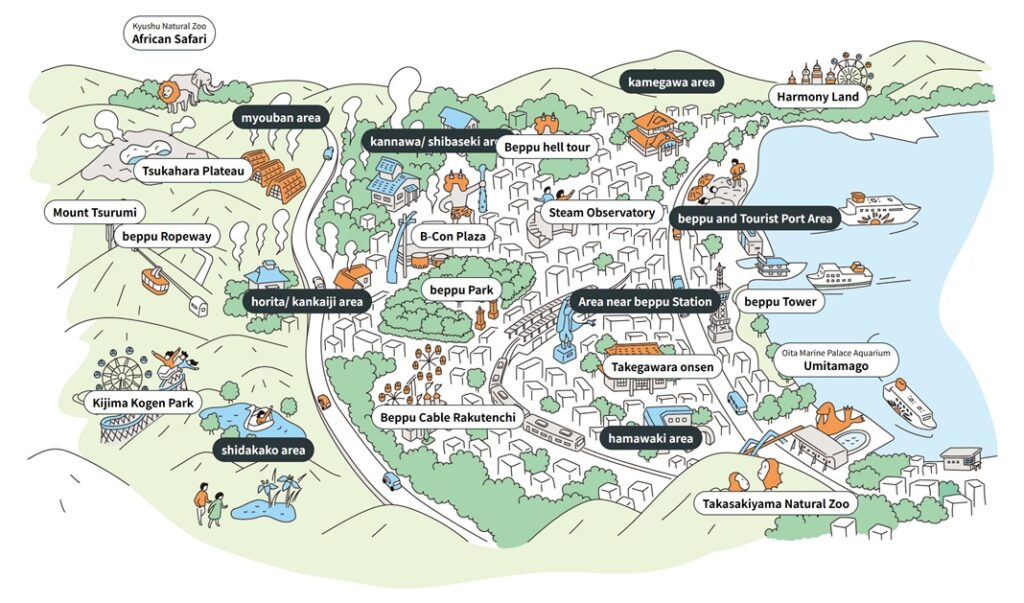
B) Charter taxi (English pages available)
If you want flexibility for photos or English communication, book a charter. Beppu Oita Joint Taxi has English pages and sample Jigoku routes.
Tour taxi (English)
Call a taxi (English)
Quick take: Short on time = bus. Need custom timing/angles or English back-and-forth = taxi.
C) Volunteer guides (SGG / local town walks)
Friendly locals who guide small groups around Beppu’s Hells and onsen streets. Some offer simple English; others are Japanese-only. Usually free or cost of materials; advance booking required.
JNTO volunteer guide list
Oita Town Walk Program (PDF)
D) University / community tours (multi-language, event-based)
APU (Ritsumeikan Asia Pacific University) and local partners occasionally run walking tours and art walks in English, Korean, Chinese, etc. Schedules are irregular—check the latest announcements before your trip.
APU – Local Exchange
Beppu Art Walk (EN)
Note: Availability and language support vary. Book early and confirm your language.
Column: Shoshi Genshisha — Beppu’s “cabinet of curiosities”
A wonderfully odd, hour-based bookstore/gallery where you browse rare books, photos, and curios. Typical info shared by the shop: ¥1,500 per hour with a drink; hours often around 12:00–17:00, closed Wed/Thu (check latest).
Official site:Genshisha
Easy side trips
Attack on Titan in HITA Museum (Hita City)
Exhibits tied to Hajime Isayama’s hometown—original art, “Immersive Comic,” and exclusive merch.
Visit Oita (EN)
▶OfficialSite
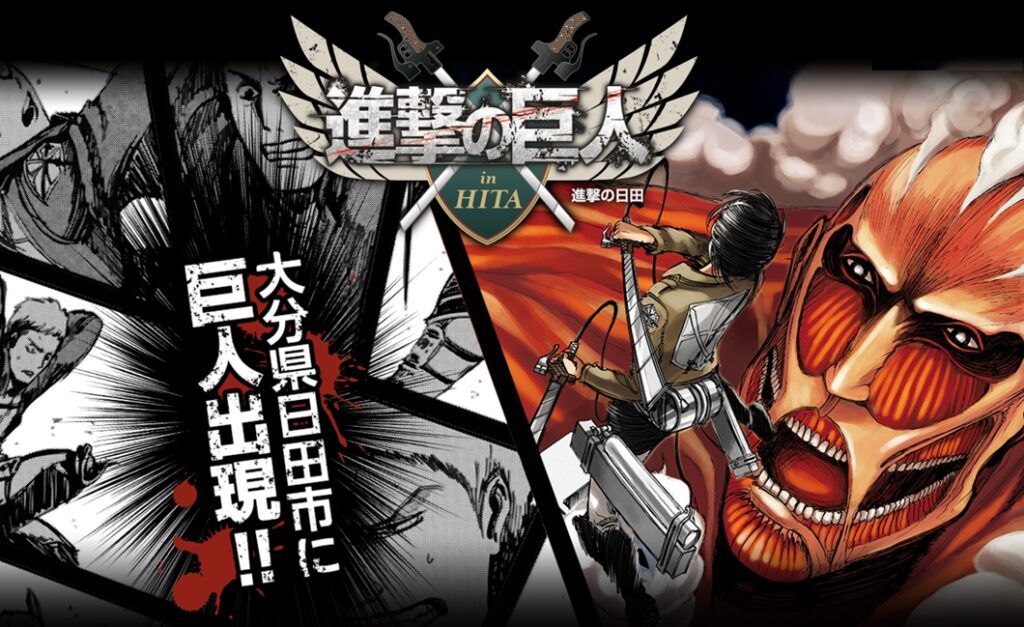
Sanrio Character Park Harmonyland (Hiji Town)
Outdoor Sanrio park with shows and parades—great for families (check schedule on the day).
Visit Oita (EN)
▶OfficialSite
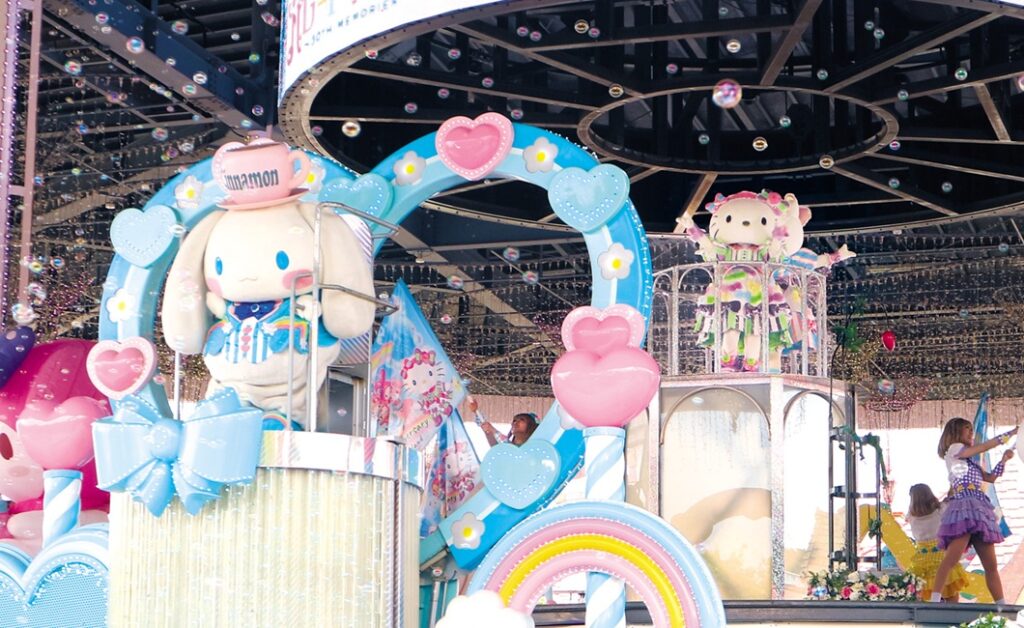
Beppu Hells in a Day: Bus → Jigoku-Mushi → Taxi
Ride the AM bus to cover the core five plus Chinoike & Tatsumaki efficiently → jigoku-mushi lunch → charter taxi in the afternoon to re-shoot your missed angles. Keep the Demon Slayer lens in your back pocket—blue “Sea,” red “Blood,” erupting “Geyser.” It clicks without over-explaining.

Editor and writer from Japan. Not the best at English, but I share real stories with heart and honesty — aiming to connect cultures and ideas that matter.

